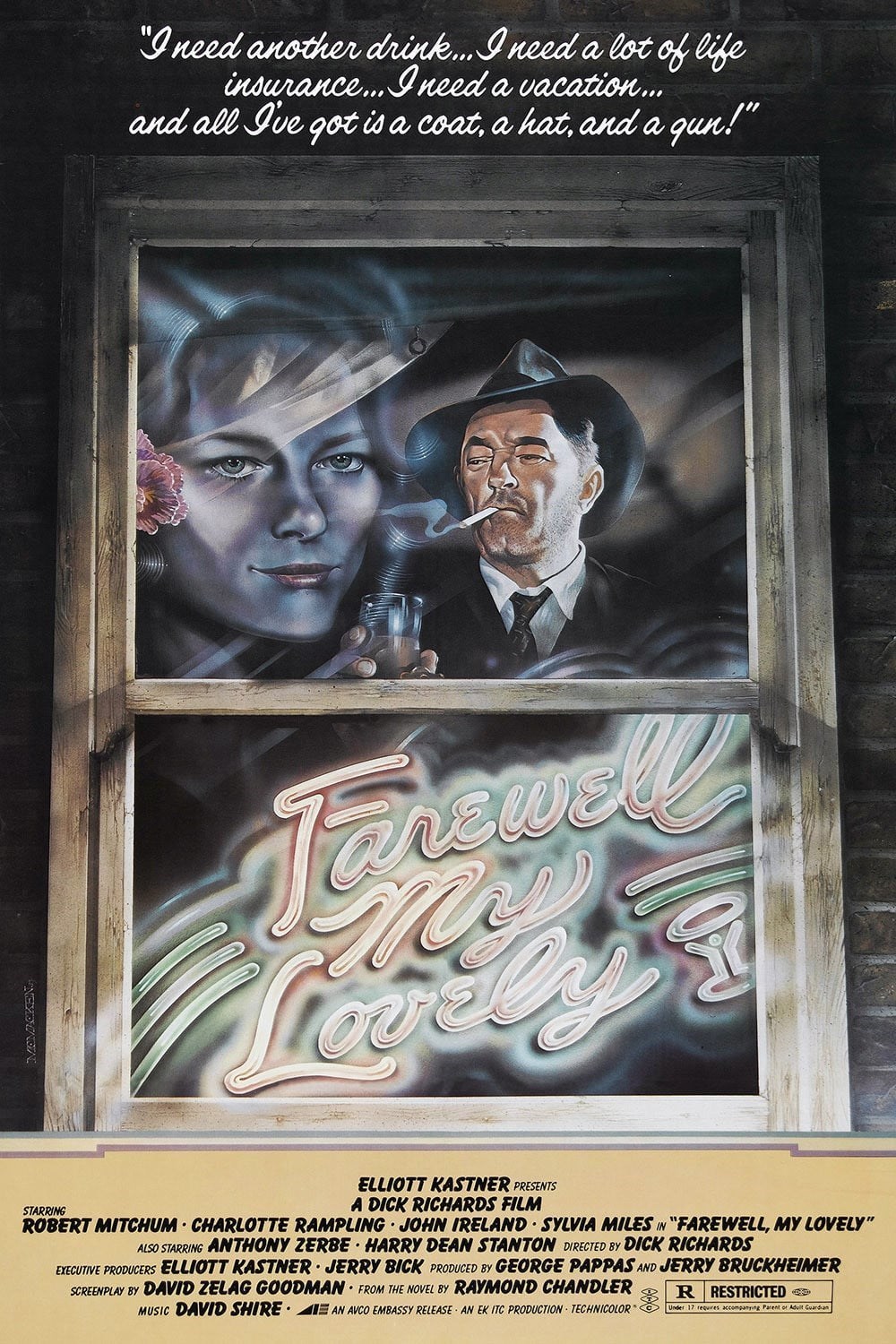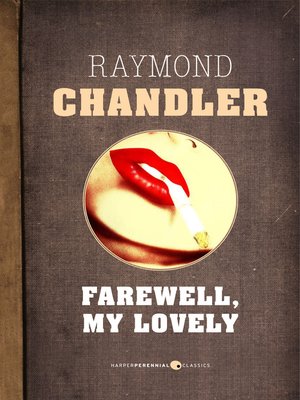

Nevertheless, Marlowe remains an impressive artistic creation because of his remarkable combination of the detective with more traditional American heroic types, a combination discussed in Chandler’s famous essay “The Simple Art of Murder.” This essay attempts to define Chandler’s intentions as a writer of detective fiction and has since become one of the classic texts concerning the scope and intention of mystery writing. In this final project, the author had fallen victim to the temptation to rely on his primary character, and Marlowe’s character suffers as a result. In his final novel, Playback, Chandler leads Marlowe through an ill-conceived plot at the expense of two neglected characters who had shown real literary promise.

Because Marlowe had the dual role of central character and observer in all seven of Chandler’s novels, the author was not consistently pressed to explore other characters except as they interacted with his hero. Marlowe is in fact Chandler’s great achievement, but that accomplishment in itself imposed a limitation of a sort.

There is something uniquely American about the self-reliance of this character, something that goes beyond Chandler’s brilliant descriptions of the burned-out landscape of modern California. Marlowe has taken his place among characters of American myth, with Natty Bumppo, Captain Ahab, Huckleberry Finn, and Thomas Sutpen. Dashiell Hammett’s Sam Spade, although well known, is developed in only one book and lacks the psychological depth of Marlowe. Marlowe has become a central figure in the myth of the detective the only comparable characters would be Arthur Conan Doyle’s Sherlock Holmes and Agatha Christie’s Hercule Poirot, even though they are quite different from Marlowe. This recognition amounts to more than exposure in multiple media it is an indication of the legendary or even mythic proportions of Chandler’s creation. A series for radio and one for television were based somewhat loosely on Chandler’s character.

Marlowe has been interpreted on film by such diverse actors as Humphrey Bogart, Dick Powell, Robert Montgomery, George Montgomery, Robert Mitchum, James Garner, and Elliot Gould. Several of his novels, and especially Farewell, My Lovely and The Big Sleep, have been filmed repeatedly both were filmed again during the 1970’s. This recognition results in part from the wide exposure and frequent dilution Chandler’s work has received in media other than print. Many people who have never read a single word of Raymond Chandler’s (1888–1959) recognize the name of his fictional hero Philip Marlowe.


 0 kommentar(er)
0 kommentar(er)
